If you are having a painful period, it is your body’s way of telling you something is off. If you are missing work or school because of a painful cycle, then something is wrong. Ideally your periods shouldn’t confine you to bed which is nonetheless the case these days! Mother nature didn’t create periods for it to be a monthly endurance test for you. Healthy periods are your Birthright and Don’t let anyone tell you otherwise!
What Should Your Period Experience be Like?
- No cramping
- No bloating
- No breast tenderness
- No crazy mood swings
- No extreme fatigue.
What are You Made to Believe About Periods?
PMS is Very Normal
- The Truth is, it is not normal. It’s revealing the underlying problem
- Just because every woman today goes through PMS, it is accepted as NORMAL.
Birth Control Pill Makes Period Problem Disappear
- The Truth is they are band aid fixes to mask the symptoms.
- In the long run, it does more damage than any good.
Periods is About Fertility Only
- The Truth About Your Period – It’s Your 5th Vital Sign
Healthy periods are an important determinant while evaluating the health of girls/women. Periods are so much about how a woman feels everyday. It’s about her productivity, energy levels, hair, skin, moods and the list is long.
What does a Healthy Period Look Like?
Everyone’s period is different and that is OK. We are all different and unique women in regards to our personalities and physical features, and the same goes for our cycles as well.
- Periods should arrive every 25-35 days (average is 28-30 days)
- Bleed for 3-7 days
- Lose 25-80 millilitres of blood
- Bright, cranberry coloured blood that is the consistency of jelly that hasn’t set yet
- Luteal phase of 10-16 days (ideally at least 12 days!)
What Happens During a Menstrual Cycle?
During menstrual cycle, a series of hormone changes prepare a woman’s body for pregnancy. The ovaries make hormones, which include estrogen and progesterone. These are being released under the influence of our brain.
- During the first phase of the cycle, as the follicles mature, Estrogen is released. This helps is thickening of the uterus lining & preparing for pregnancy.
- When enough estrogen is built up, Luteinizing hormone(LH) is released. Luteinizing hormone(LH) stimulates ovulation(the release of an egg).
- During the second phase, progesterone becomes the most important hormone.
If a woman doesn’t become pregnant, the levels of progesterone will decrease and her body sheds the thickened uterine lining and the egg during the menstrual period
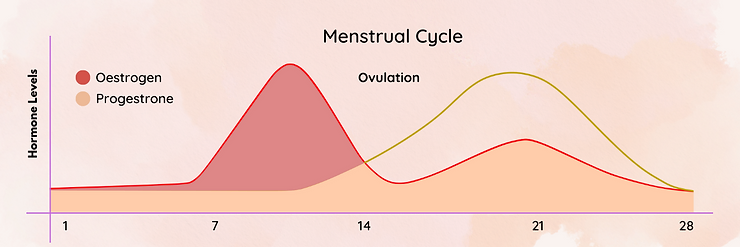
If any of these hormones are out of balance, the uterine cavity is not prepared well.
The house is not ready for the baby and it is the body’s wisdom to not support it. Some women experience Premenstrual syndrome (PMS). It’s again due to one hormone dominating over the other. So hormones have to be in balance to send out the right messages.
What is Premenstrual Syndrome (PMS)
Premenstrual syndrome (PMS) is a combination of physical and emotional symptoms that many women experience after ovulation and/or before the start of their menstrual period. In a healthy woman, post ovulation, estrogen levels will start decreasing and progesterone will start rising. If this trend doesn’t happen, and the estrogen levels continue to stay high, PMS symptoms start appearing. PMS is not normal Just because most women experience it today (given the impact of lifestyle and diet), PMS is made to be believed normal. Some women get their periods without any signs of PMS or only very mild symptoms. For others, PMS symptoms may be so severe that it makes it hard to do everyday activities.
There are Three Typical Imbalances Involved in PMS:
- Relatively high estrogen levels all the time, so as progesterone falls, estrogen continues to dominate.
- A woman’s baseline estrogen levels are normal but her progesterone levels are on the lower side.
- A woman’s body is poor at detoxifying and ridding itself of estrogen in the liver or issues in the GI tract (chronic constipation)
Symptoms of PMS

Steps Towards Healthy Periods:
- There is no magic pill that will help you. Yes, it might silence the symptoms, but it will not fix the root cause
- Incorporating nourishing foods, healthy lifestyle changes and right supplements
- A detailed blood test can help to identify the underlying causes and plan the treatment strategy
We tried to cover everything about a healthy natural menstrual cycle in this blog. If you are facing any issue in your periods like irregularity, PMS, heavy periods, etc, do not delay and book our PCOS Profile Test. It will help you decode the root causes of your hormonal imbalance.

Need help?
- Reach out to us on whatsapp https://wa.me/9196203 17773
- Join our WhatsApp group to know more about Functional Medicine approach for balancing hormones and stay updated about our upcoming webinars and programs. https://chat.whatsapp.com/KeFOA2DsA296Ht84xYxLfh
- Not on whatsapp, no worries. Join our Telegram group, https://t.me/hormonereset
- Know more about our Unique program for Hormone Reset : https://hormonereset.in/12-weeks-hormone-reset
References:-
- Girman, A., Lee, R., Kligler, B. (2003). An integrative medicine approach to premenstrual syndrome. American Journal of Obstetrics and Gynecology, 188 (5), S56–S65.
- Dietz, B. M., Hajirahimkhan, A., Dunlap, T. L., Bolton, J. L. (2016). Botanicals and their bioactive phytochemicals for women’s health. Pharmacological Reviews, 68(4): 1026-1073. doi: https://doi.org/10.1124/pr.115.010843 .
- Rocha Filho, F., Lima, J.C., Pinho Neto, J.S., Montarroyos, U. (2011). Essential fatty acids for premenstrual syndrome and their effect on prolactin and total cholesterol levels: a randomized, double blind, placebo-controlled study. Reproductive Health; 8: 2. doi: 10.1186/1742-4755-8-2.
- Dennerstein, L., Lehert, P., Heinemann, K. (2011). Global epidemiological study of variation of premenstrual symptoms with age and sociodemographic factors. Menopause International; 17(3): 96–101.
- Kaur, G., Gonsalves, L., Thacker, H. L. (2004). Premenstrual dysphoric disorder: a review for the treating practitioner. Cleveland Clinic Journal of Medicine; 71: 303–5, 312–3, 317–8.
- Freeman, E., Halberstadt, M., Sammel, M. (2011). Core Symptoms That Discriminate Premenstrual Syndrome. Journal of Women’s Health; 20(1): 29–35.a
Source credit for this blog: FM Diagnostics
Share
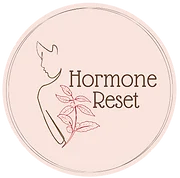
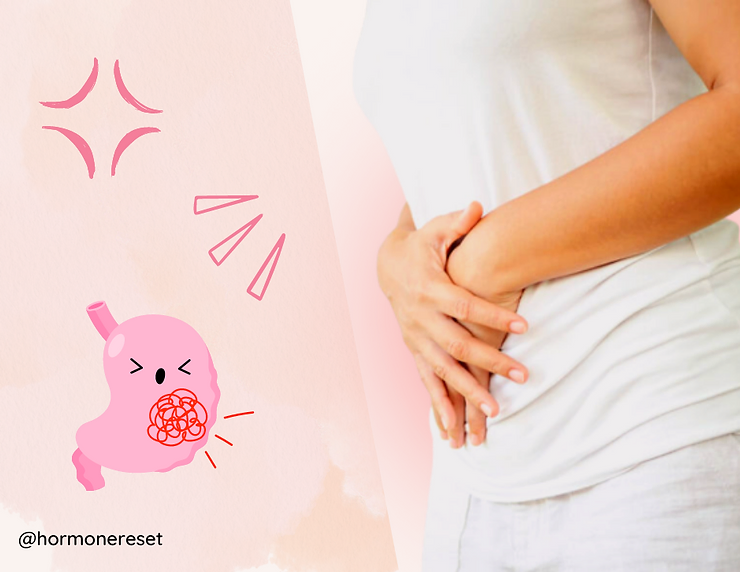
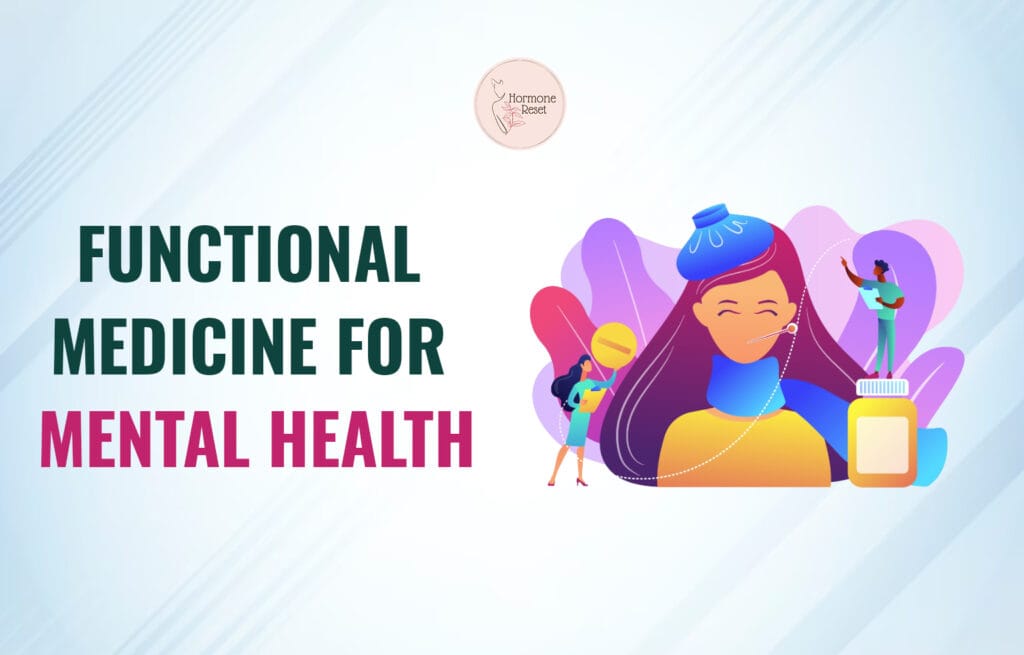

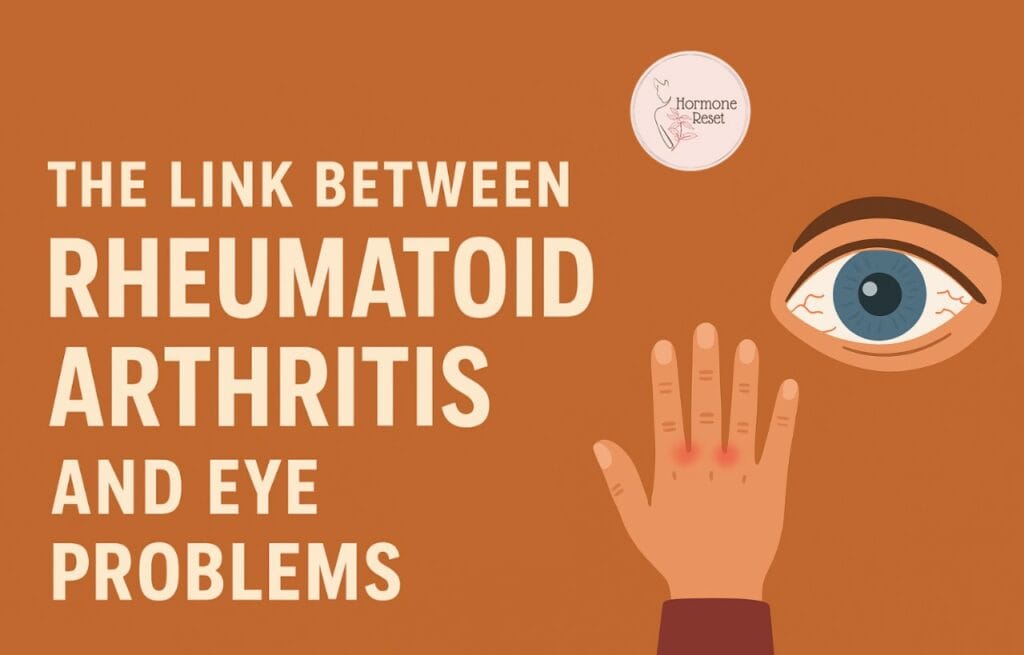
Leave a Reply